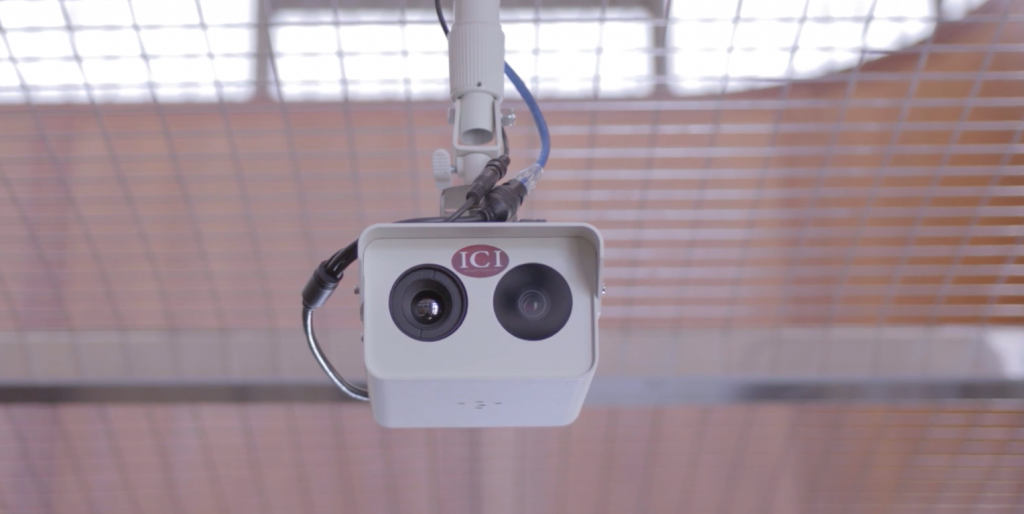Facial Imaging Technology for COVID-19 Detection Purposes Underway at 5 Hawaiʻi Airports
Facial imaging technology is now in use at five Hawaiʻi airports to complete Phase III of the thermal temperature screening and facial imaging project designed to detect passengers with possible COVID-19 arriving on trans-Pacific flights, according to the Hawaiʻi Department of Transportation (HDOT).
Thermal screening cameras installed last year in Phase I and Phase II of the project detect passengers who have an elevated core body temperature of 100.4 degrees and higher, a common symptom of COVID-19. The new facial imaging technology only takes images of people who have elevated body temperatures.
The facial images help airport representatives efficiently pull aside passengers who have elevated temperatures as they approach the nearest monitoring control room located in the airport terminal. If a manual temperature check confirms the initial temperature reading, the passenger will have an additional medical screening, which includes the option to have a COVID-19 sample taken.
According to an HDOT news release, any images collected will remain anonymous, meaning no traveler’s image will be connected to personal information, such as a traveler’s name, address or driver’s license number. It will not contain information about criminal history or outstanding warrants. The image will be deleted within 30 minutes and will not be shared with any outside agencies. People with a temperature of 100.3 degrees and lower will not have their image taken at all.
Hawaiʻi Gov. David Ige said the new technology will “add efficiency to the passenger verification process and bring Hawaii closer to reaching the new normal at our airports.”
HDOT partnered with a team led by NEC Corporation in July 2020 on the project. The thermal screening equipment has been operational since August 2020. The combined thermal screening and facial imaging equipment began operations in early 2021, after personnel were trained in operating the system, at the Daniel K. Inouye International Airport (HNL) on Oʻahu, Kahului Airport (OGG) on Maui, Lihue Airport (LIH) on Kauaʻi, and the two Big Island airports: Ellison Onizuka Kona International Airport at Keahole (KOA) and Hilo International Airport (ITO).
“Hawaii continues to implement proactive measures in response to the pandemic and this is one part of a multi layered process designed to prevent the spread of COVID-19 and protect the health and safety of the community,” Gov. Ige said.
The use of the thermal screening and facial imaging technology is safer and more cost effective than manual temperature checks. Without the technology, employees would need to be stationed at each gate for every arriving flight to individually take the passenger’s temperature one by one, which takes longer, increases risk of exposure and requires additional funding and resources. With the technology, an employee can simultaneously monitor multiple gates from a control room in an efficient and safe manner, the news release said.
“We believe combining our world-class technology with local Hawaiʻi businesses has proven to be the right approach to addressing this difficult digital transformation challenge,” said Toshifumi Yoshizaki, Executive Vice President of the NEC Corporation that was contracted for the project. “The innovation resulting from the project has contributed to the state’s ability to continue accepting trans-Pacific flights while reducing the potential risk for infection.”
Raffie Beroukhim, Chief Experience Officer for NEC Corporation of America, said: “With the completion of Phase III, HDOT can feel confident in the measures taken to protect the health and safety of its travelers and residents as tourism revives in the state.”
















